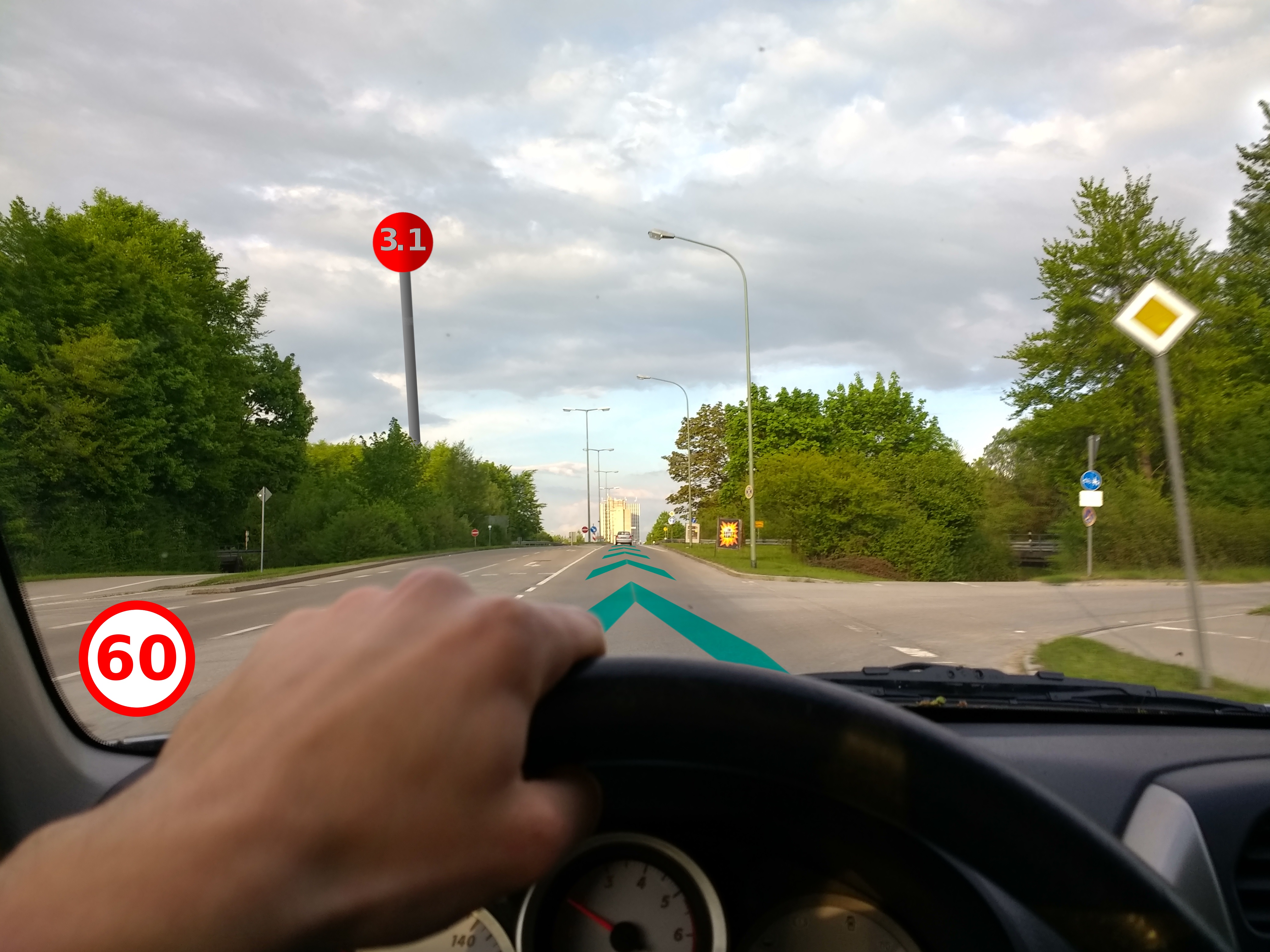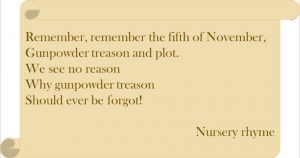Cześć, nazywam się Ola, urodzona jako Warszawianka, a wychowana w Niemczech. Spędziłam w tym dość dziwnym kraju większość mojego życia i niektorych rzeczy do dzisiaj nie udało mi się pojąć.
Nie jestem do końca pewna czy ktokolwiek będzie czytał moje powstające wypociny, w razie czego, witam szanownego czytelnika! (i z góry przepraszam za popełnione błędy.) Od razu ostrzegam że ten artykuł powstał o czwartej rano w panice otóż zupełnie zapomniałam o nim, i nie napisałam niczego wcześniej. No to jedziemy z tym koksem.
Bywam, nie bywam? W sumie sama nie wiem
Nie wiem jak u ciebie, ale ja zawsze miałam problem z następującym pytaniem: “Skąd jesteś?”. Od dziecka nie bardzo mogłam sobie lub innym odpowiedzieć na to pytanie, bo skąd tak właściwie? Z Warszawy? Trochę głupio ponieważ tam się tylko urodziłam i jeździłam odwiedzać nieliczne ciocie i wujków. Z Niemiec? Też nie, przecież wychowałam się w polskiej rodzinie, mówiąc, pisząc i myśląc po polsku. Spędzając każde lato u dziadków w uroczych betonowych blokach, które żartobliwie nazywaliśmy “pastelozą” i bawiąc się na nocnym hot spocie lokalnych meneli. Kończy się więc tym, że odpowiadam dłuższą historią o tym, jak to się urodziłam tam, a wychowałam tu mówiąc w tamtym języku. Czasem to jest dosyć czasochłonne,ale cóż, co zrobić?
Codzienne obserwacje
 Czasami sie czuje w tym jak podwójny agent. Dwie tożsamości, od zewnątrz niewidoczne, wypuszczone w świat, cicho obserwując różne społeczeństwa. Pozwólcie więc, bym się podzieliła owymi obserwacjami, zebranymi w moim życiu codziennym.
Czasami sie czuje w tym jak podwójny agent. Dwie tożsamości, od zewnątrz niewidoczne, wypuszczone w świat, cicho obserwując różne społeczeństwa. Pozwólcie więc, bym się podzieliła owymi obserwacjami, zebranymi w moim życiu codziennym.
Niektóre zachowania w Niemczech do tej pory mnie zadziwiają, na przykład gapienie się sobie nawzajem w oczy przy każdym(o tak, każdym!) toaście. Jest to szczególnie ekscytujące, kiedy znajdujesz się w wiekszym towarzystwie i musisz odczekac, aż wszyscy wytrzeszczyli na wszystkich oczy i w międzyczasie twoje piwo straci cały gaz.
Następna rzecz, którą zauważyłam mieszkając w przepięknej Szwabii, dotyczy imion i przezwisk. Po polsku każde dłuższe imię, jak n.p Katarzyna, Małgorzata lob Aleksandra mają swoje skróty: Kasia, Małgosia i Ola. Niektóre są podobne do całego imienia, inne mniej. I tu sie zaczyna problem dla Niemców.
W moim otoczeniu (szkoła, przedszkole, rodzice przyjaciół) nie każdy mógł do końca pojąć, o co chodzi. Jak to jest że człowiek na imię ma inaczej niż go zwą? Dla dobrze zorganizowanych Niemców był to horror. Był to również powód dla jednego z najbardziej zawstydzających wydarzeń mojego życia.
A więc od urodzenia wszyscy mówili do mnie Ola, logiczne, prawda? Polska rodzina i cała reszta szerokiego kręgu znajomości, jakie miałam będąc rocznym dzieckiem. Nigdy wcześniej nawet nie słyszałam imienia Aleksandra. Przeprowadziliśmy się do Niemiec jak miałam zaledwie roczek. Ponieważ bardzo nie chciałam iść do przedszkola, bo bałam się ludzi którzy mówili do mnie po niemiecku, rodzice postanowili mnie wsadzić tam dopiero na ostatnią chwile, rok przed rozpoczęciem podstawówki, w wieku pięciu latek.
Codzienne wesołe dreptanie do przedszkola i przyzwyczajanie sie do ludzi i nowego jezyka szło mi całkiem dobrze, przynajmniej tak myślałam. Ludzie, kiedy do mnie mówili, zawsze wołali Aleksandra. Kto to k*rwa jest Aleksandra?! Przecież ja jestem Ola. No i wydało się że przez pierwsze 5 lat mojego życia nie wiedzialam jak sie nazywam i absolutnie nie kojarzyłam własnego imienia. Musiało to robić bardzo dobre wrażenie…
Z drugiej strony jednym z wielu ostatnio pojawiających się polskich fenomenów jest nadmierne spolszczanie wszystkiego. “Fejsbuk”, “Zadzwoń do Saula”, “Sisterka” aż się oczy wykrzywiają. I po co to wszystko? Czy naprawde trzeba psuć wlasny jezyk zawłaszczając obce słowa i, co gorsza modyfikując je? Czy nie jest to lekka przesada? Przecież mamy tak piękny język, pełen potencjału poetyckiego i komicznego. Sam fakt, że pier*olić można w-; za-; na-; o-; przy-; od-; itd. jest piękny i wyjątkowy i warty docenienia!
No nic, zbyt szeroki temat, na tak krótki artykuł.
Wszystko ma koniec, tylko kiełbasa ma dwa
Wracając do “dylematu” z początku, siedząc tu o czwartej rano, słuchając soundtracka (spolszczenie intended) do Wiedźmina 3 i rozmyślając o tym wszystkim, nie bardzo jestem w stanie dojść do jakiegokolwiek wniosku. Może to i lepiej? Może podwójna tożsamość to jest właśnie zaleta? Po co się decydować, skoro można mieć i to, i to?
Na sam koniec chciałabym złożyć różne podziękowania: Dziękuję moim rodzicom, że udało im się dwujęzyczne wychowanie i zachowanie moich umiejętności pisania, mówienia i czytania w dwóch językach. Nie jest to łatwa sprawa ale daliscie rade, dzięki za to. Chciałabym również podziękować CD Projekt Red za wydanie najlepszej gry komputerowej z najlepszym soundtrackiem na świecie. Słuchając ścieżki dźwiękowej do gry (i dodatków), jestem w stanie przeżyć sesję i pisanie różnych wypocin (między innymi ten artykuł). Gorąco polecam!
Rowniez dziekuje Tobie, drogi czytelniku. Za czas i uwagę, wielkie dzięki, bywaj!
Text & Picture: Aleksandra Goralska



 Bit of history
Bit of history
 With the big splash Virtual Reality headsets have made over the last year, with the releases of consumer headsets like the Oculus Rift and the HTC Vive, the holodeck seems to be well on its way to our living rooms, but so far, VR also seems to remain a feature reserved for games. Augmented Reality (AR), the other side of the alternative reality coin, might prove more versatile. Interestingly enough, it was a game that finally introduced a larger audience to it: Pokémon Go. Instead of creating a virtual world for you to roam around in, AR adds things to the real world that you can then interact with in real time. In Pokémon Go this was still mostly a gimmick, but there’s a lot of potential in this technology. Here are some ideas.
With the big splash Virtual Reality headsets have made over the last year, with the releases of consumer headsets like the Oculus Rift and the HTC Vive, the holodeck seems to be well on its way to our living rooms, but so far, VR also seems to remain a feature reserved for games. Augmented Reality (AR), the other side of the alternative reality coin, might prove more versatile. Interestingly enough, it was a game that finally introduced a larger audience to it: Pokémon Go. Instead of creating a virtual world for you to roam around in, AR adds things to the real world that you can then interact with in real time. In Pokémon Go this was still mostly a gimmick, but there’s a lot of potential in this technology. Here are some ideas.

 The very first celebration of the failed gunpowder treason took place right after Guy Fawkes was arrested. The King’s Council had allowed the public to celebrate the King’s survival with bonfires. The following year Parliament passed the Observance of 5th November Act (also known as “Thanksgiving Act”) in order to remember the failed attempt to murder King James I of England. What the celebrations were like during the first years can only be speculated, though we know that at least in some communities music and artillery salutes were part of the festivities. The events were mainly for local dignitaries to start with, but were extended steadily.
The very first celebration of the failed gunpowder treason took place right after Guy Fawkes was arrested. The King’s Council had allowed the public to celebrate the King’s survival with bonfires. The following year Parliament passed the Observance of 5th November Act (also known as “Thanksgiving Act”) in order to remember the failed attempt to murder King James I of England. What the celebrations were like during the first years can only be speculated, though we know that at least in some communities music and artillery salutes were part of the festivities. The events were mainly for local dignitaries to start with, but were extended steadily. Today, every kid knows the name. “Remember, remember…” is a nursery rhyme every kid in Great Britain is bound to hear at some point. Still, when you ask people about the reason for bonfires and firework – more often than not the question results in puzzled looks. People do have a vague idea, of course, but nowadays people seem to be more interested in partying than knowing what makes this date special in the first place.
Today, every kid knows the name. “Remember, remember…” is a nursery rhyme every kid in Great Britain is bound to hear at some point. Still, when you ask people about the reason for bonfires and firework – more often than not the question results in puzzled looks. People do have a vague idea, of course, but nowadays people seem to be more interested in partying than knowing what makes this date special in the first place.




